- A cataract is the clouding of the lens inside eye.
- It can grow slowly or develop rapidly.
- Cataracts will eventually happen to everyone.
- They commonly occur in people who are over 65.
- A cataract causes blurred vision or glare, especially at night.
- They are treated with glasses, contact lenses, or surgery.
What is a cataract?
A cataract is simply a clouding of the lens inside the eye. There are several causes of cataracts. Most are caused by years of UV exposure from the sun. Everyone eventually gets cataracts. A cataract is not, as many people believe, a skin growing over the eye. The affected lens is on the inside of the eye and is located behind the pupil which normally appears as a small, black hole in the center of the colored part of the eye. Normally, the lens is transparent and clear. But, because of age, disease, injury, or a birth defect, the lens becomes cloudy or yellow and loses its transparency; light rays are scattered as they pass through it, causing blurred vision.
Types of Cataracts
- Age Related Cataract (Senile)
- Traumatic Cataract
- Diabetic Cataract
- Congenital Cataract
AGE RELATED (SENILE)
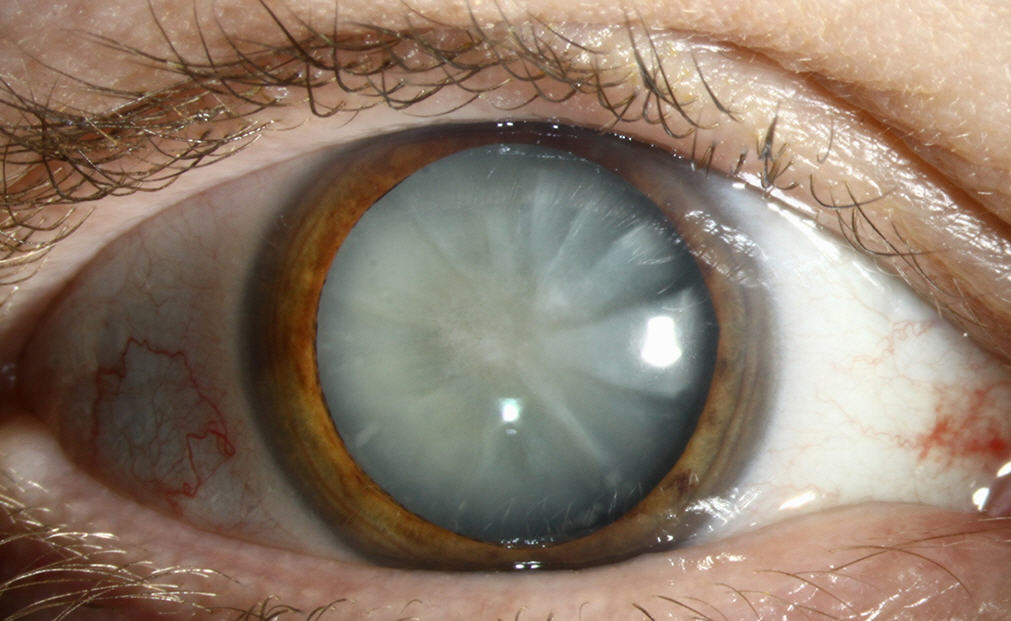
The most common form of cataract is the type that occurs in the elderly. Its cause is due to years of exposure to ultra violet rays. It usually occurs in both eyes although not always at the same time. Cataracts may develop very slowly and never impair vision to the point where surgery is needed, or they may progress rapidly. Even though it is evident that the members of certain families seem to be more prone to cataract formation, the commonly held belief by most eye doctors is that senile cataracts are not a congenital or inherited problem. Actually, almost every person who is approximately 65 years of age will show some opacity in the lens. However, these irregularities may not seriously interfere with sight. Some lens opacities tend to become worse as time passes. There is no known medical treatment to prevent this progression.
TRAUMATIC
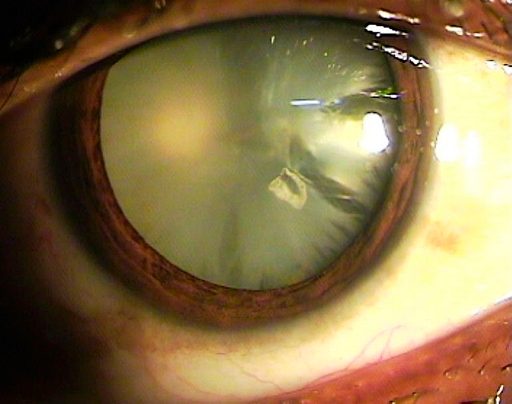
When a sharp object like a pin, needle, knife, or scissors point accidentally penetrates the lens, the injury can cause a cataract. Such penetrating injuries are especially common in children and industrial workers. Flying particles of metal may perforate the eye and injure the lens, causing a cataract. Protective safety lenses should always be worn, regardless of age, whenever anyone is in danger of being struck by such particles.
DIABETIC
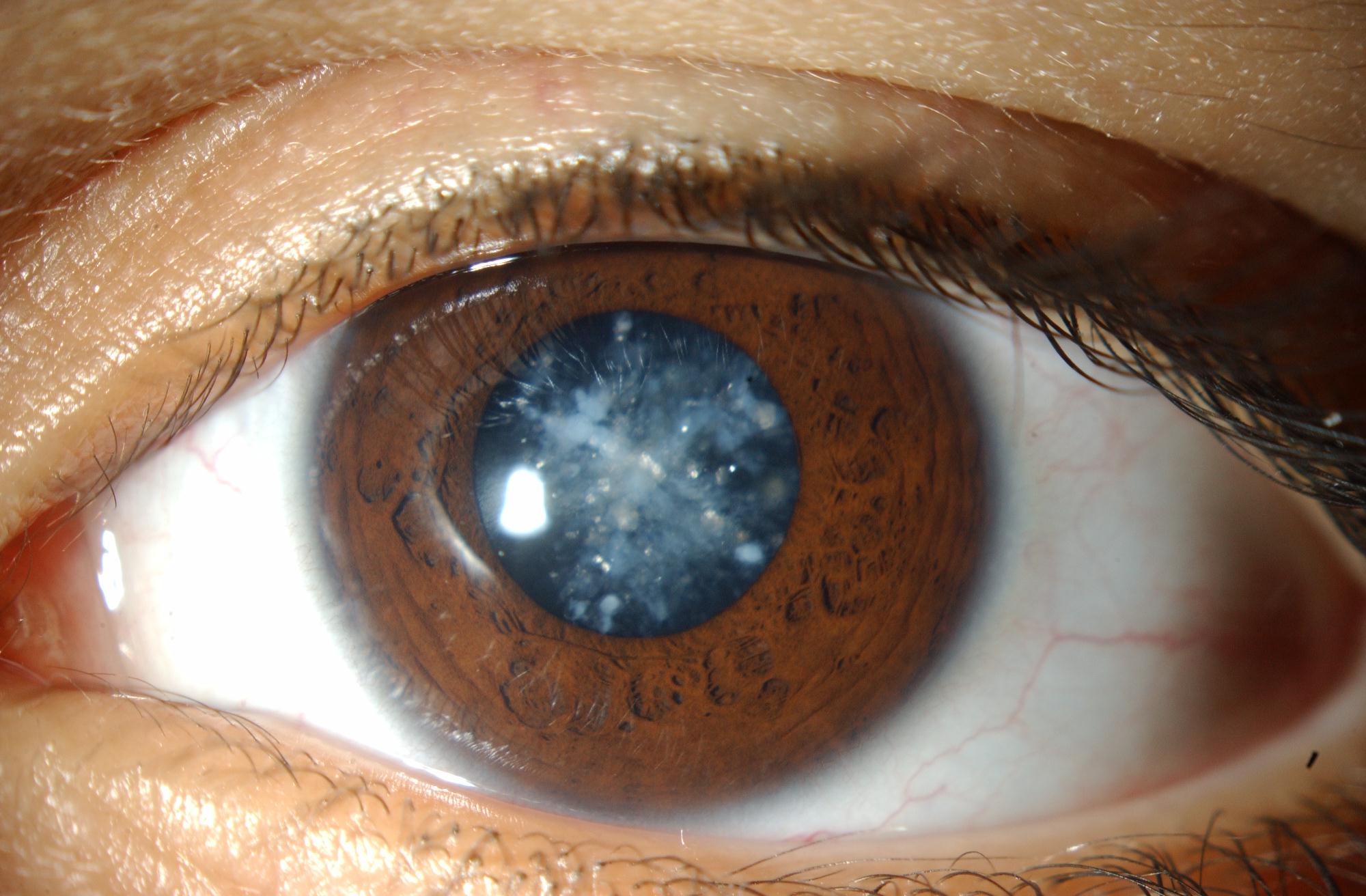
Cataracts can also be caused or aggravated by diabetes and other diseases.
CONGENITAL
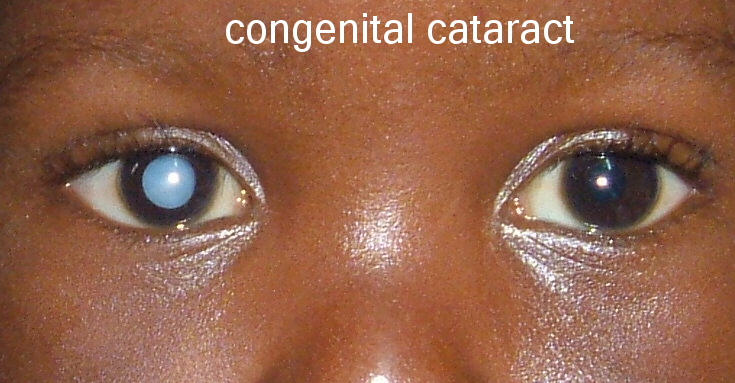
Infants can be born with cataracts. Heredity can be the cause, or this condition can develop if, during the first three months of pregnancy, the mother experiences a problem such as rubella (German measles) infection.
ADVANCED TECHNOLOGY
At Dr. Farrar’s Office, we have the technology to evaluate and document the degree of cataract development. We review it together with you to determine what the best possible course of action should be. Sometimes having cataract surgery WOULD NOT improve vision. Dr. Farrar can determine if surgery would be beneficial.
CATARACT SURGERY
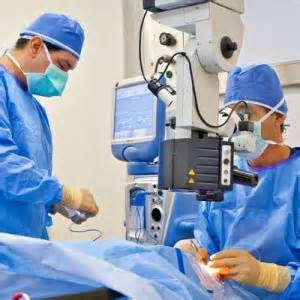
- Surgery is fully explained in the office.
- Lens implant options are discussed at the time of your evaluation.
- You are referred to the appropriate, most skilled surgeon for your particular type of cataract.
- Surgery is outpatient, no-stitch, painless.
- Vision usually improves within a day or two.
- To minimize healing time, weekly follow-up visits are scheduled at our office.
- Surgery on the other eye (if needed) is performed 2-3 weeks later.
Very advanced cataract. Notice how the normally black pupil is cloudy and milky.
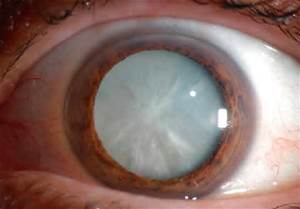
Early cataract. Notice the white cloudiness in the lens.
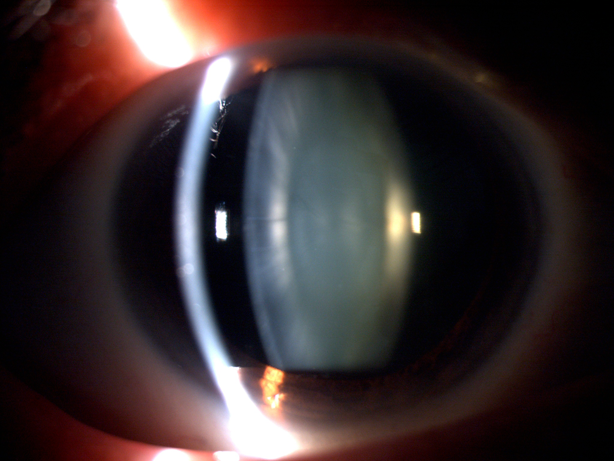
Actual picture of a lens implant after surgery.

Removal of cataracts: Pre- and Postoperative care is essential for a successful outcome.
- At Dr. Farrar’s office, we oversee all your preoperative and postoperative evaluations.
- When an early cataract appears, its progress will be carefully watched. Surgery is usually not advised until the cataract begins to affect vision to a significant degree. Intensified eye research in recent years has led to a number of new techniques for cataract removal. It is now a suture-less procedure, done on an outpatient basis.
- There is ONLY local anesthesia. The surgery takes between 10-15 minutes. There is essentially no pain.
- You are only restricted from swimming, heavy exercise, or bending over for about a week.
- Together at your examination, we will decide if surgery is the right treatment for you. The surgeon will determine which type of lens implant will best suit your lifestyle.
- We will discuss at great length what possible outcomes you can expect. Implants can be custom designed to enable you to see clearly without glasses for distance vision or close vision. In some specific cases you may not need to wear glasses at all!
- We will make sure you are totally informed before any surgery is performed.
- We work with only the best surgeons who have consistently provided excellent results. Only an eye surgeon can remove a cataract and insert the appropriate implant (per our recommendations).
- Whether glasses are needed following the operation is not a measure of the success of cataract surgery.
COMMON MISBELIEFS
- TV makes cataracts worse: FALSE.
- Reading, knitting, doing other close activities makes cataracts worse: FALSE.
- First time cataracts can be removed with lasers: FALSE, THEY NEED TO BE SURGICALLY REMOVED. Cataracts cannot be removed using laser beams. Lasers are used only to treat a clouded membrane that sometimes forms in the eye after the initial cataract surgery. This can form only once between 3 months and 3 years and is removed in office with a laser. The procedure is painless and takes about 7 minutes.
- Ointments, pills, and drops do not cure cataracts: TRUE.
